
Wing Chun (詠春, Yǒng Chūn) is a highly efficient and refined system of Chinese martial arts that focuses on close-range combat. Originating in Southern China, it is renowned for its simplicity, directness, and emphasis on structure and sensitivity over brute force. The art is deeply rooted in the principles of economy of movement and energy efficiency, making it an elegant yet powerful system for self-defense.
The best form of self defense is to become invisible… If you can’t do that learn Wing Chun!
Wong Shun Leung
Origins and Development
The origins of Wing Chun are wrapped in legend, with the most popular story tracing back to the Shaolin Temple during the Qing Dynasty. According to folklore, the system was developed by Ng Mui, a Shaolin nun and one of the Five Elders who survived the destruction of the Shaolin Temple. Ng Mui is said to have created Wing Chun as a method to counter the brute strength of larger opponents by leveraging agility, technique, and strategy.
Ng Mui passed her knowledge on to a young woman named Yim Wing Chun, who used the techniques to defend herself against an unwanted suitor. The art was later named after her, honoring her skill and success. While the historical accuracy of this story is debated, it underscores Wing Chun’s focus on using skill and precision to overcome physical limitations.
Core Principles and Techniques
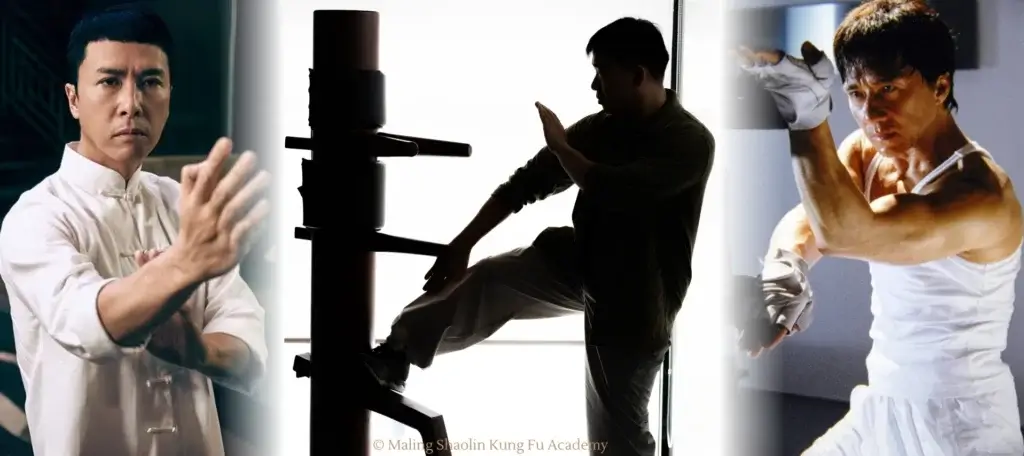
Wing Chun is characterized by several key principles:
- Centerline Theory: The centerline is the imaginary line running down the middle of the body, which is both the target for attacks and the line of defense. Wing Chun practitioners prioritize control of this line to protect vital areas and maximize the efficiency of strikes.
- Simultaneous Attack and Defense: Unlike many martial arts that separate attacking and defending movements, Wing Chun emphasizes the simultaneous execution of both, allowing practitioners to counterattack while blocking an opponent’s strike.
- Economy of Motion: Wing Chun avoids unnecessary or extravagant movements, focusing instead on direct, efficient techniques. This principle ensures that practitioners can strike quickly and effectively without wasting energy.
- Sensitivity and Reflexes: Through specialized training drills like Chi Sao (黐手, “Sticky Hands”), practitioners develop a heightened sense of touch and reflex, enabling them to read an opponent’s intentions and respond with appropriate techniques.
- Structure and Alignment: Proper body alignment and posture are crucial in Wing Chun, allowing practitioners to generate maximum power with minimal effort. This structural integrity also helps in absorbing and redirecting an opponent’s force.
Training Methods and Forms
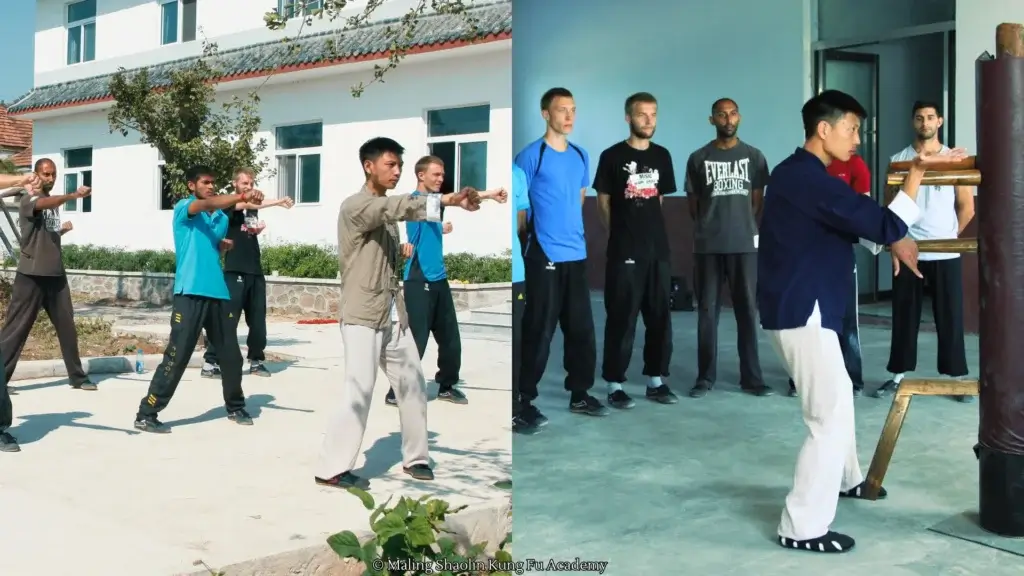
Wing Chun is structured around three empty-hand forms, a wooden dummy form, and two weapon forms:
- Siu Nim Tao (小念頭): The first form, which translates to “Little Idea,” lays the foundation for the art, focusing on basic hand techniques, stance, and structure.
- Chum Kiu (尋橋): The second form, “Seeking the Bridge,” teaches how to move and turn the body, bridging the gap between oneself and an opponent.
- Biu Jee (標指): The third form, “Thrusting Fingers,” introduces more advanced techniques, including emergency movements and recovering the centerline when it’s lost.
- Muk Yan Jong (木人樁): The Wooden Dummy form incorporates all aspects of Wing Chun, allowing practitioners to refine their techniques, timing, and structure against a static opponent.
- Luk Dim Boon Gwun (六點半棍): The “Six and a Half Point Pole” is a long-range weapon form focusing on precision and power.
- Baat Jaam Do (八斬刀): The “Eight-Cutting Knives” is a form involving a pair of short blades, emphasizing close-range combat and coordination.
Wing Chun in Modern Times
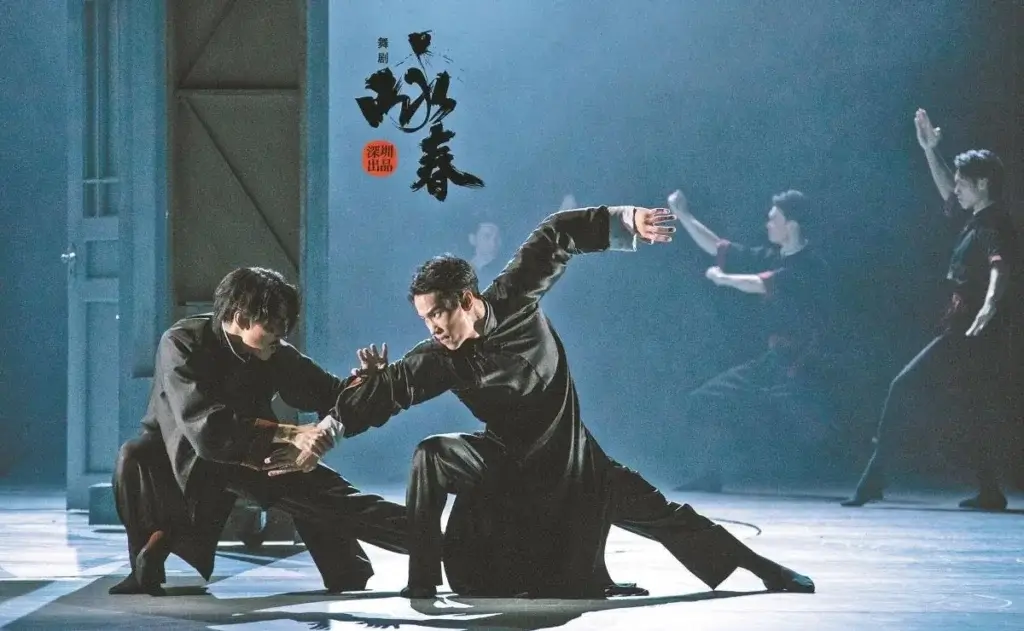
Wing Chun gained widespread recognition thanks in large part to Grandmaster Ip Man (葉問), who brought the art to Hong Kong in the mid-20th century. Ip Man’s most famous student, Bruce Lee, further popularized Wing Chun globally by incorporating its principles into his own martial art, Jeet Kune Do.
Today, Wing Chun is practiced worldwide and continues to evolve. Its influence can be seen in various forms of self-defense, law enforcement training, and even mixed martial arts (MMA). The art’s emphasis on efficiency, structure, and practicality ensures its relevance in both traditional and modern contexts.
Wing Chun teaches you what to concentrate on, whether you’re here or out in the world dealing with problems. It’s second nature for me now. I don’t even get to the point where there’s a problem.
Robert Downey, Jr.
Conclusion
Wing Chun stands out as a martial art that embodies the essence of simplicity and effectiveness. With its roots in Chinese martial traditions and its global impact, Wing Chun offers a profound study of physical and mental discipline, making it a valuable practice for both self-defense and personal growth.
MSKFA Styles: Wing Chun
Interested to learn more about Wing Chun? Here at Maling Shaolin Kung Fu Academy, we offer a wide range of disciplines including Northern Shaolin Kung Fu, Sanda, Tai Chi, Wing Chun, Baji, Xingyi, Bagua, and Animal Styles, among others. In fact, Wing Chun is a specialty of Master Tang! Click below to check out more on our styles and offerings:
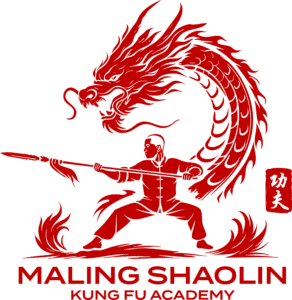





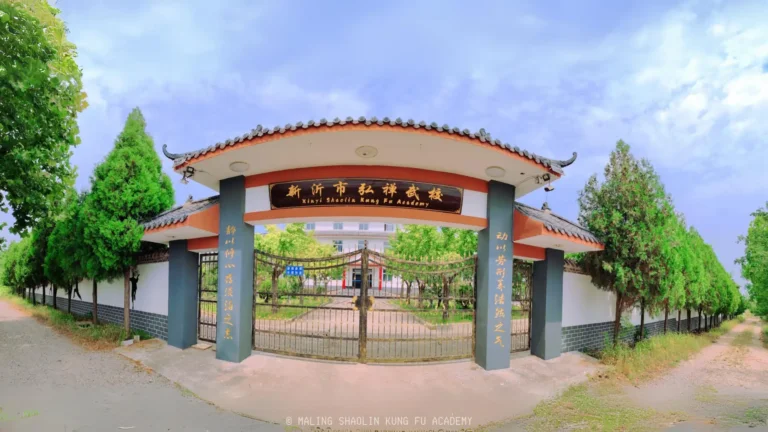
Thank you for printing this website. People need to learn that they are other types of body movement and martial arts out there.